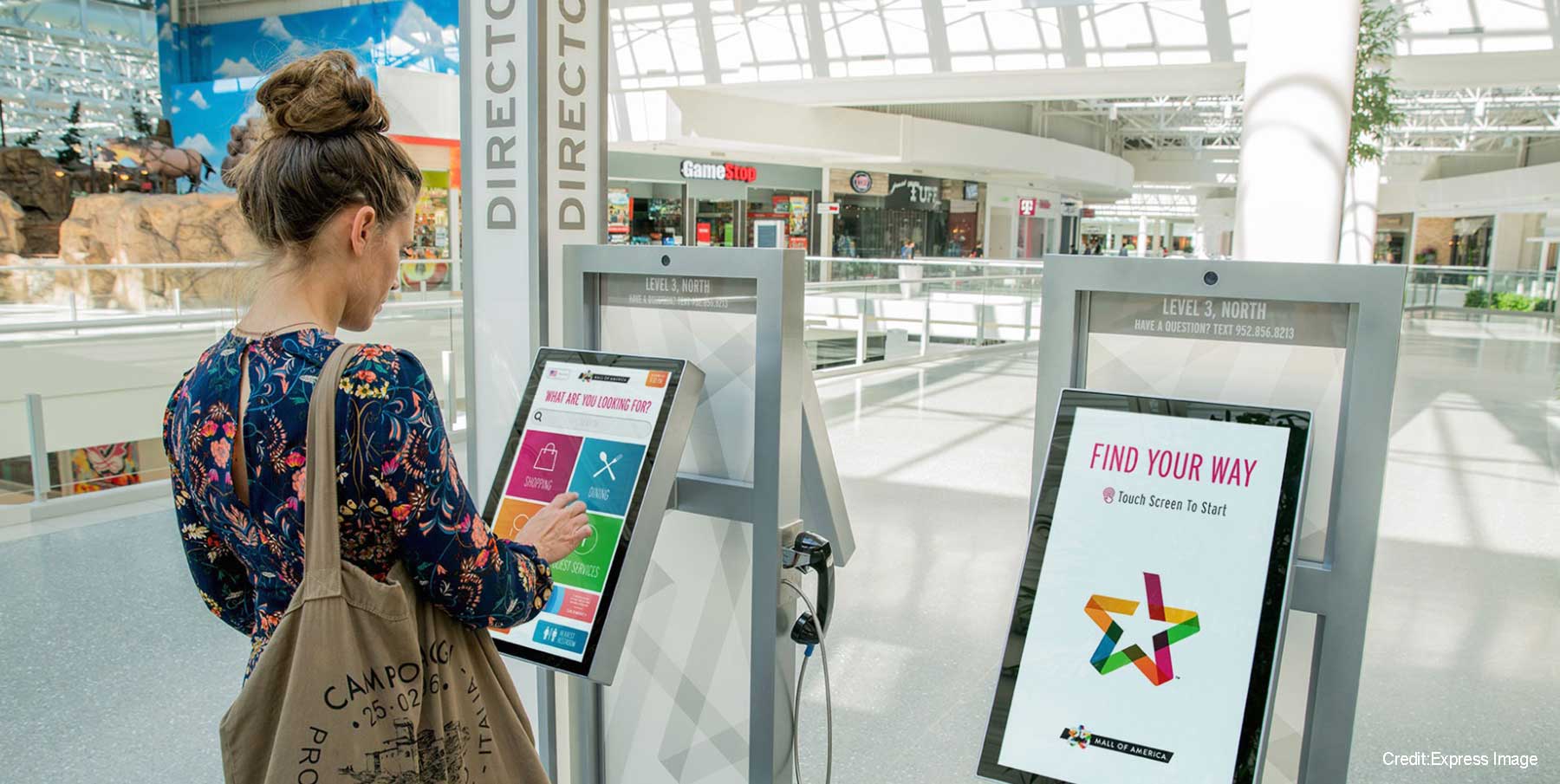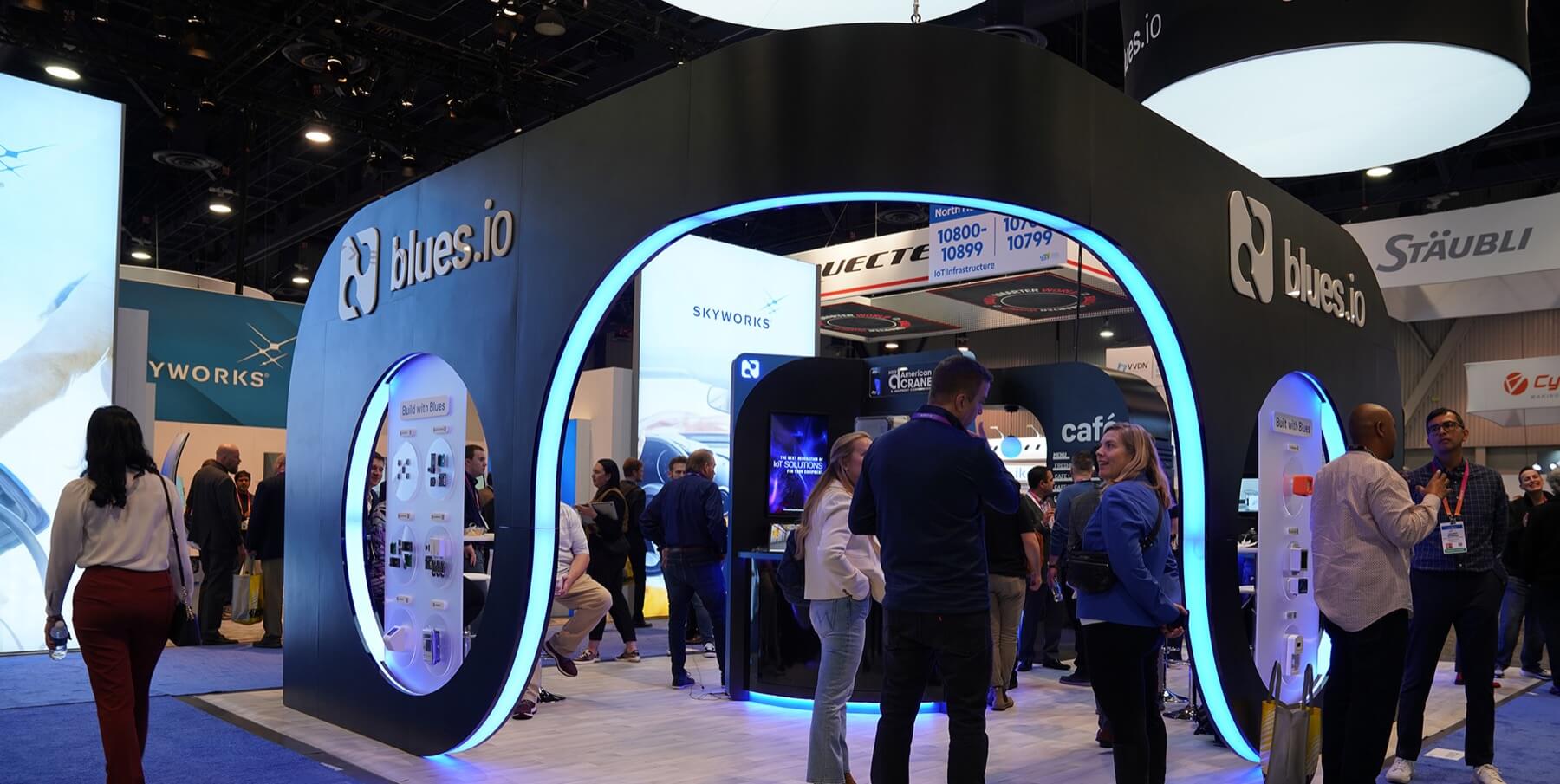Over the past few years, there’s been a significant focus on digital channels in retail marketing. But emerging demographics are showing a preference for in-person options, with 97% of Gen Z consumers noting they like being able to shop in physical stores. As physical retail surges back into the limelight, retail interiors are taking center stage as a lever for brands to engage customers. Today’s customer expectations have been shaped by their digital experiences. Buyers bring those expectations for speed of service, level of personalization, and ease of use to in-person interactions, creating opportunities for creative design to help retail interiors deliver similar levels of engagement. From boutique chains with a signature style to big box stores working diligently to create spaces where buyers enjoy spending time, today’s retail interior design landscape offers new challenges and opportunities. With the physical retail presence back in the spotlight, here are must-know retail design trends shaping how leading brands are designing their in-person retail experiences.
1. Tech-driven retail for seamless in-store experiences.
Historically, technology has been built into specific areas of stores. It’s common to see a bank of registers near a store’s entrance, while more specialized technology used to facilitate returns or check inventory is at the customer service area or off the retail floor. However, as technology plays a central role in helping organizations deliver seamless in-person experiences, there’s significant experimentation underway in how technology is used in retail interiors.
Certain retail design trends like self-checkouts and even stores without cash registers have been implemented in recent years, with varying levels of success and now we’re seeing these models evolve in new directions. Today’s stores are working toward a greater integration of the physical and digital through decentralized technology such as mobile devices, movable carts, and self-service kiosks where customers can quickly obtain information.
From a design perspective, this shift invites retailers to rethink traditional approaches to store layouts. Compact self-service kiosks enable convenience and customization. Digital signage can double as touchscreens that quickly provide store information, price checks, and inventory details. Decentralized technology can be blended with product displays, permanent architectural features, and more for a distinctive brand impression that drives a CX-focused experience.
2. The rise of personalized retail experiences.
The personalization that shoppers are used to seeing online is now making its mark in brick-and-mortar stores, revolutionizing the traditional in-store shopping experience. Retailers are integrating techniques from e-commerce, such as data analytics, artificial intelligence, and personalized recommendations, into physical retail environments. By leveraging technologies like beacons, RFID tags, and mobile apps, stores can gather real-time customer data and deliver personalized product suggestions, targeted promotions, and interactive displays that cater to individual preferences and behaviors.
Additionally, advancements in AR and VR are enabling immersive in-store experiences, such as virtual try-ons and interactive product demonstrations, further enhancing personalization. It’s important to note that these technologies are still evolving, and there’s significant room to improve experiences through elements such as clothing try-ons that automatically adapt to changes in the human body. As the technologies become more sophisticated, there’s likely to be an increase in adoption. Another challenge retailers are navigating is the idea that technology also has seen a stratification in adoption, with younger buyers willing to explore new technologies and greater hesitation among older groups. Yet by adopting online retail personalization strategies, brick-and-mortar stores not only bridge the gap between the digital and physical realms but also create more engaging, relevant, and memorable shopping experiences for customers.
3. The growth of localized, small-format retail stores.
Whether brands retain their large format stores or pivot away, one key trend is the move toward small-format locations. Localized small-format stores are giving brands the opportunity to deeply tailor their offerings to specific customer demographics. The small-format store also offers the ability to push the boundaries on brand expression and customize store design further to speak to specific regions through localization. Market by Macy’s, for example, brings hyper-curated selections of products to smaller format stores designed to target suburban audiences. Locations target shopping centers that have quick, easy parking, which encourages shoppers to come back time and again.
Small formats offer several design opportunities, such as creating easy-to-navigate spaces that stock products laser focused on a particular demographic. They may include local design elements to strengthen the sense of place and encourage amenities like on-site beverage stands or restaurants to add to a sense of leisure.
4. Sustainable and eco-friendly retail interior design.
As climate concerns and sustainability become critical factors in which brands buyers decide to support, incorporating sustainability and eco-friendly values into retail interior design is a key investment. While much of a retail brand’s commitment to sustainability happens in other areas of the business from logistics to sourcing, consumers want to see sustainability in play in physical stores designs. This can mean overhauling the larger retail space to be energy efficient, using recycled materials in design, and pivoting toward digital signage to enable faster creative changes with less waste. In a larger sense, stores are leveraging existing chassis and leaning into flexible fixture units that can be swapped out for different seasons and promotions. Many are working with design and manufacturing partners that have sustainability experience and certifications with tasks such as sourcing local, non-toxic materials for builds. Technology is also being used to help customers virtually try on clothing or experience new products before adding to the carbon footprint of purchasing the item.
5. Interior space dedicated to high-touch experiences.
Increasingly, retail interiors are featuring spaces where shoppers can consult experts while making their purchases. Just try to imagine an Apple store without its iconic Genius Bar. When home goods store Crate & Barrel recently built a new flagship location in New York City, they included a two-level Design Desk. There’s space to meet with and consult designers, as well as walls of inspiration with swatches, samples, and more.
Similarly, boutique brands like MartinPatrick3, a Minneapolis-based store, offer highly curated retail interiors that are constantly changing and evolving to bring new experiences to shoppers. Store design teams are becoming synonymous with experience development teams to drive deeper engagement and community.
6. Modular design for pop-ups, stores-within-a-store, and more.
Commercial real estate is still finding its footing after the disruptions of 2020, as many brands decided not to return to having permanent stores and, instead, increased their diversification with models such as store-within-a-store. This concept is clearly seen in the Sephora and Kohl’s partnership. Other brands are relying on pop-ups for a physical presence in strategic locations and using the newsy angle to build buzz, engagement, and community with their buyers.
From a design perspective, retail interiors are incorporating modular designs, movable walls, and other features that are designed to be flexible. Whether a long-term fixture or a weekend-long pop-up, having the interior capabilities to support these partnerships is key to retail growth. From a design perspective, there’s a demand for new materials, new design and fabrication methods, and new systems to support increased modularity. Designers now have the opportunity to innovate how modular designs take shape.
7. Weaving your brand story into the retail experience.
Physical retail interiors offer brands a powerful, visual way to forge a connection with buyers. In 2025, there’s a trend toward rethinking design to feature products simply and, instead of extensive product displays, to connect customers with a brand’s holistic story. For instance, Forbes recently noted that Nespresso’s concept stores feature discovery stations, masterclasses, and other forms of inspiration and engagement to further draw customers into the brand’s unique take on the world of coffee. Brand storytelling plays a key role at multiple levels in connecting with customers. Developing spaces that invite guests to linger and more deeply internalize the brand’s values is becoming a prioritized element of the planogram. Colors, imagery, quotes, distinctive materials, and other brand cues are being incorporated into retail interior designs in more visible ways to further forge emotional connections.
Capitalizing on retail design trends in 2025.
Whether a retailer’s brand is one of innovation, extreme convenience, or simplicity at affordable prices, finding unique ways to incorporate that into interiors is a key consideration in 2025. What’s next? In 2025, the retail world is embracing the return of the physical store. And brands that never lost their physical presence are entering an era of innovation, deeper authentic connections with buyers, and bringing key values like sustainability to the forefront. For retail interior designers, this means the doors are wide open for engagement, inspiration, and bolder choices than ever before as they explore the latest retail design trends.
Learn more about Retail Interior Design Solutions from STAR.
Read more about companies are bringing their brands to life across in-person experiences, from tradeshows and events to retail spaces and corporate offices in the Trend Report: 6 Marketing Best Practices for In-Person Impact.






